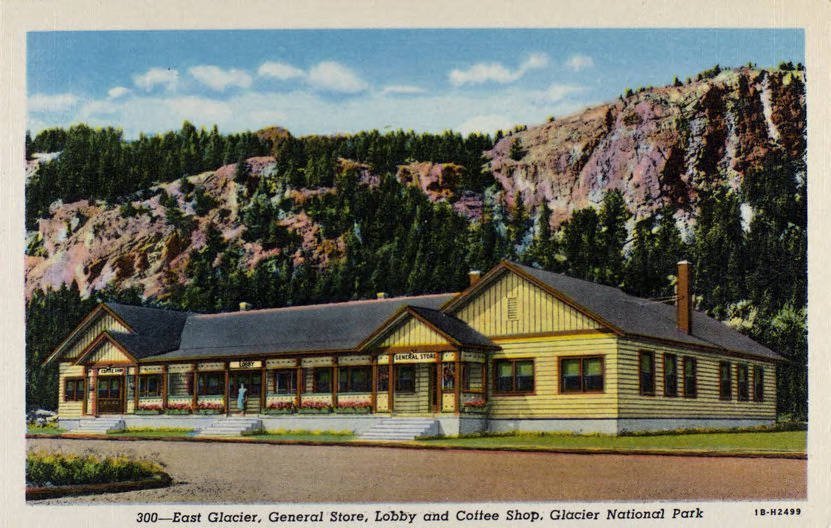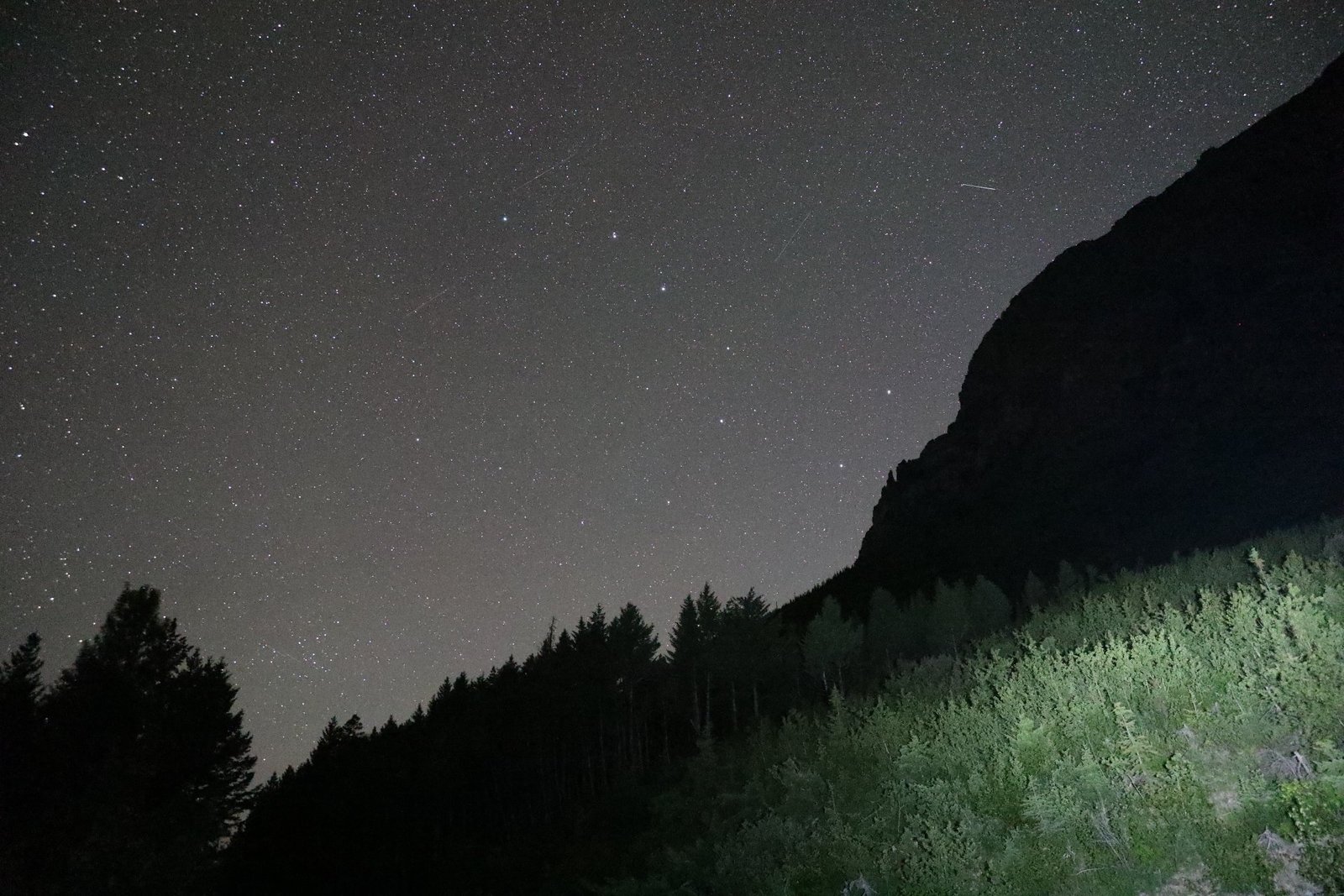Glacier National Park’s historic restored cabins offer a unique blend of rustic charm and modern comfort. These cabins, primarily built by the Great Northern Railway in the early 20th century, showcase Swiss-style architecture and provide visitors with an authentic experience of the park’s rich history. From Lake McDonald Lodge to Many Glacier Hotel, these restored accommodations allow guests to immerse themselves in the park’s natural beauty while enjoying carefully preserved historic structures.
What is the Historical Significance of Restored Cabins in Glacier National Park?

The historic cabins in Glacier National Park hold immense historical significance, serving as a testament to the park’s development as a tourist destination. Built between 1910 and 1915, these structures were part of the Great Northern Railway’s vision to create “America’s Switzerland” in the heart of Montana. The cabins and lodges were designed to attract visitors and showcase the park’s breathtaking landscapes.
Key aspects of their historical significance include:
- Architectural heritage
- Role in early park tourism
- Preservation of early 20th-century craftsmanship
- Connection to the Great Northern Railway’s influence on park development
How Were These Historic Cabins Restored?

The restoration process for Glacier National Park’s historic cabins involves meticulous planning and execution to maintain their original character while ensuring modern safety and comfort standards. Here’s an overview of the restoration process:
- Assessment: Experts evaluate the cabin’s condition and historical features.
- Planning: A detailed restoration plan is developed, considering historical accuracy and modern requirements.
- Material Selection: Locally sourced materials matching the original specifications are chosen.
- Structural Repairs: Damaged elements are carefully replaced or reinforced.
- Interior Restoration: Original fixtures and finishes are preserved or replicated.
- Modern Amenities: Carefully integrated to maintain historical integrity.
For example, at Glacier Park Lodge, Wild Mile Woodworks replaced original timbers with new ones matching existing dimensions, ensuring the lodge’s longevity while preserving its historic character.
Where Can Visitors Find Historic Cabin Rentals in Glacier National Park?
Visitors to Glacier National Park can experience the charm of historic cabins at several locations throughout the park. Here’s a table summarizing the main options:
| Location | Description | Amenities |
|---|---|---|
| Lake McDonald Lodge | 10 miles inside west entrance, includes main lodge and cabins | Private bathrooms, nearby parking, on-site dining |
| Many Glacier Hotel | On Swiftcurrent Lake, offers rooms and cabins | Magnificent views, outdoor recreation access |
| Belton Chalet | At west entrance, first iconic lodge in the area | Early 20th-century charm, on-site dining |
| Granite Park Chalet | Backcountry chalet off Highline Trail | Rustic accommodations, locally sourced materials |
What Are the Rental Rates and Booking Procedures for Historic Cabins?
Rental rates for historic cabins in Glacier National Park vary depending on the type of accommodation and season. Here’s a general overview:
- Rates: Range from moderate to premium, reflecting the unique experience and location.
- Occupancy: Typically 2-4 people per cabin or room.
- Booking: Reservations can be made through the official Glacier National Park Lodges website or by contacting their reservation service directly.
It’s advisable to book well in advance, especially for peak summer months, as these historic accommodations are in high demand.
What Amenities Are Available in Historic Glacier National Park Cabins?
While maintaining their historic charm, many of the restored cabins in Glacier National Park offer modern amenities for guest comfort. Common amenities include:
- Private bathrooms in most cabin rooms
- Nearby parking
- On-site dining options
- Heating (no air conditioning, but fans are provided)
- Limited Wi-Fi in some locations
- Access to park activities and tours
It’s important to note that kitchen facilities are generally not available in individual cabins, but on-site dining options provide convenient meal solutions.
What Activities Can Guests Enjoy Near Historic Cabins?
Staying in a historic cabin provides easy access to a variety of park activities. Popular options include:
- Red Bus Tours
- Boat cruises on Lake McDonald and Swiftcurrent Lake
- Horseback riding
- Hiking on nearby trails
- Evening ranger programs
- Wildlife viewing
- Stargazing
These activities allow guests to fully immerse themselves in the park’s natural beauty and learn about its rich ecosystem and history.
How Has the Restoration of Historic Cabins Impacted Glacier National Park Tourism?
The restoration of historic cabins in Glacier National Park has had a significant impact on tourism:
- Increased Interest: Restored cabins attract history enthusiasts and those seeking unique accommodations.
- Enhanced Visitor Experience: Guests can immerse themselves in the park’s history while enjoying modern comforts.
- Preservation of Heritage: Restorations help maintain the park’s historical narrative for future generations.
- Sustainable Tourism: By repurposing existing structures, the park promotes sustainable tourism practices.
- Educational Opportunities: Restored cabins serve as living museums, educating visitors about early park development.
What Are the Challenges in Maintaining Historic Cabins in Glacier National Park?
Maintaining historic cabins in Glacier National Park presents several challenges:
- Harsh Weather: Montana’s extreme climate can accelerate wear and tear on structures.
- Balancing Preservation and Modernization: Integrating modern amenities while preserving historical integrity is complex.
- Limited Construction Season: The short summer season restricts the time available for major restoration work.
- Funding: Securing adequate funding for ongoing maintenance and restoration projects can be challenging.
- Material Sourcing: Finding materials that match original specifications can be difficult and expensive.
- Visitor Impact: High visitation rates can lead to increased wear on historic structures.
Despite these challenges, the National Park Service and its partners remain committed to preserving these iconic structures for future generations to enjoy.